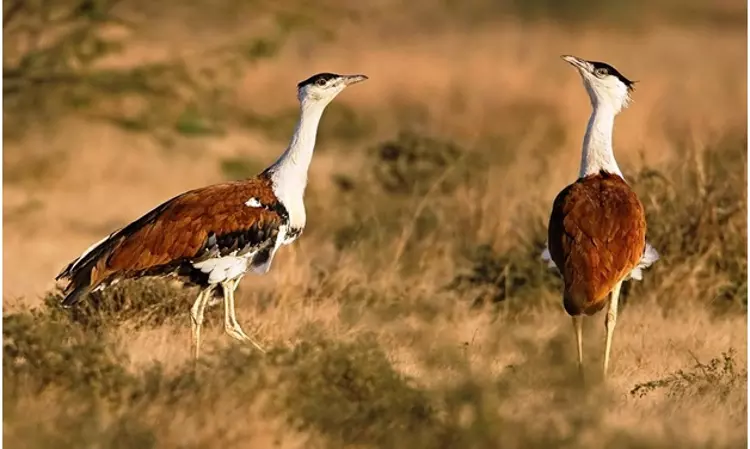Supreme Court on Monday observed that it can consider directing under-grounding of the low voltage transmission lines in states of Rajasthan and Gujarat, and installation of Bird diverters in case of High transmission lines, for protection of the Great Indian Bustard. A three-judge Bench of CJI SA Bobde, Justice Bopanna and Justice Ramasubramanian made the observations while hearing the...

